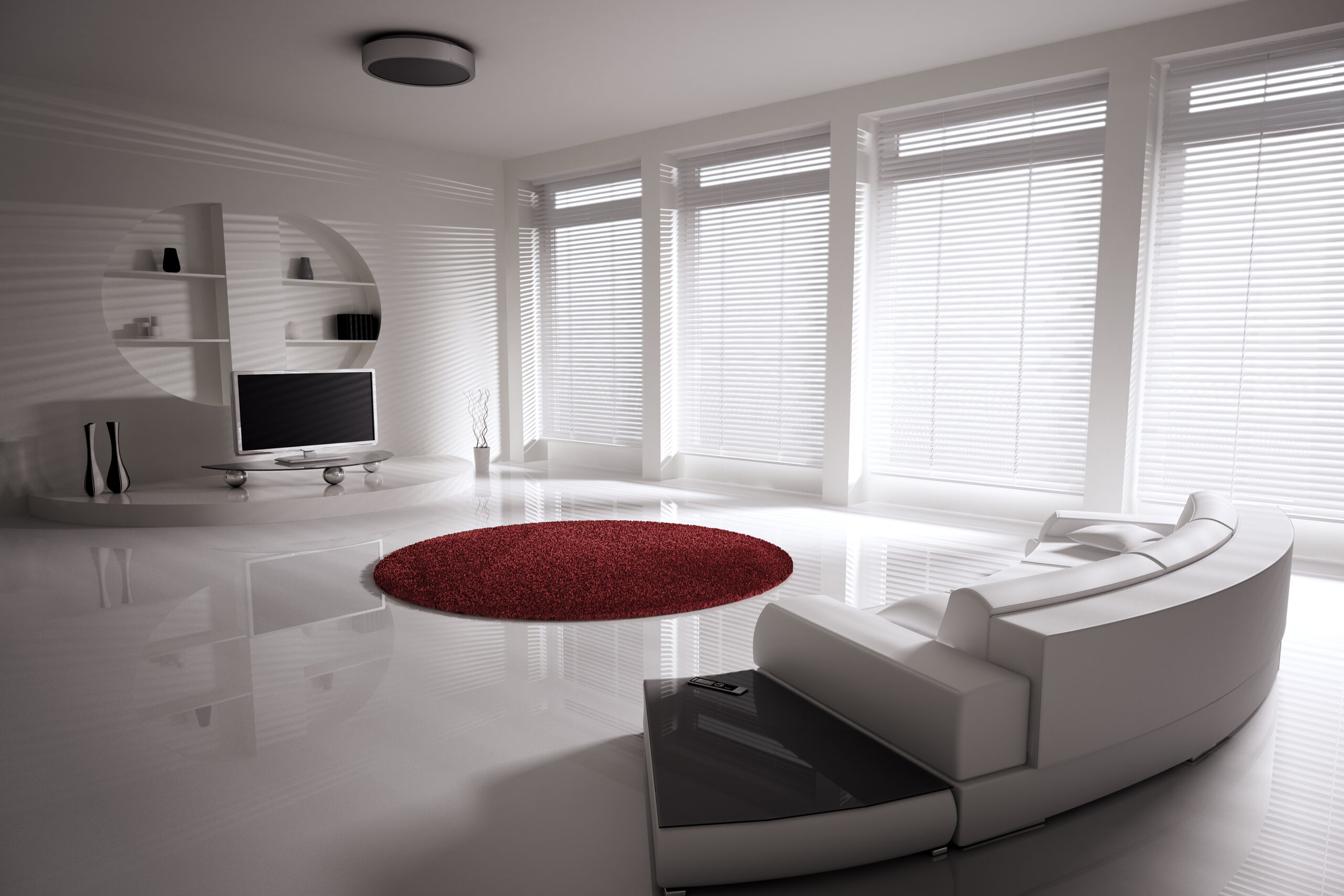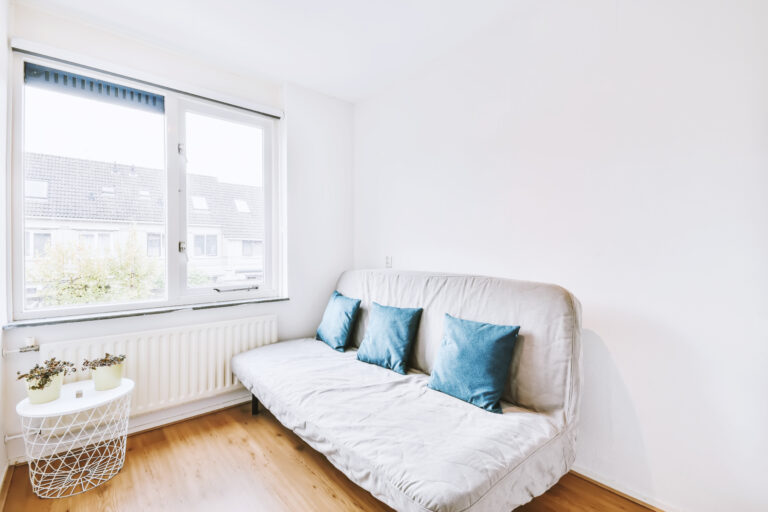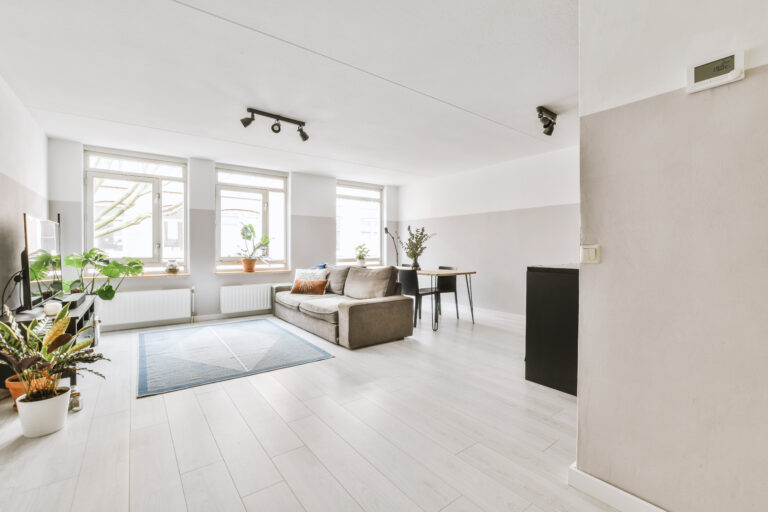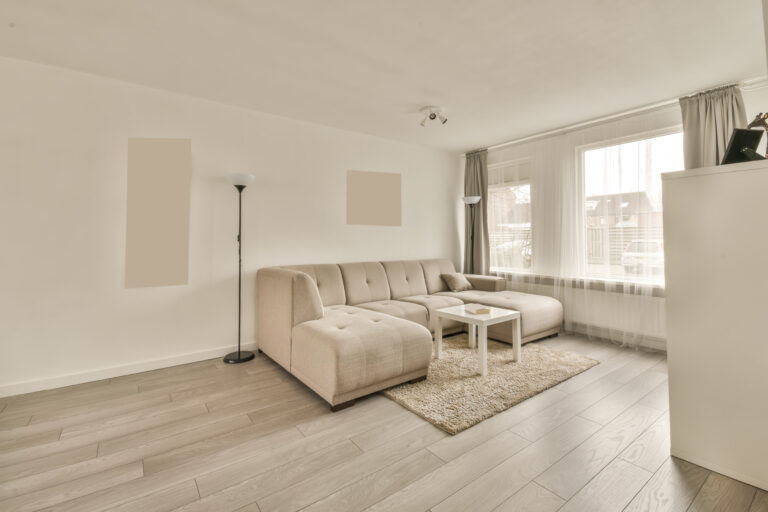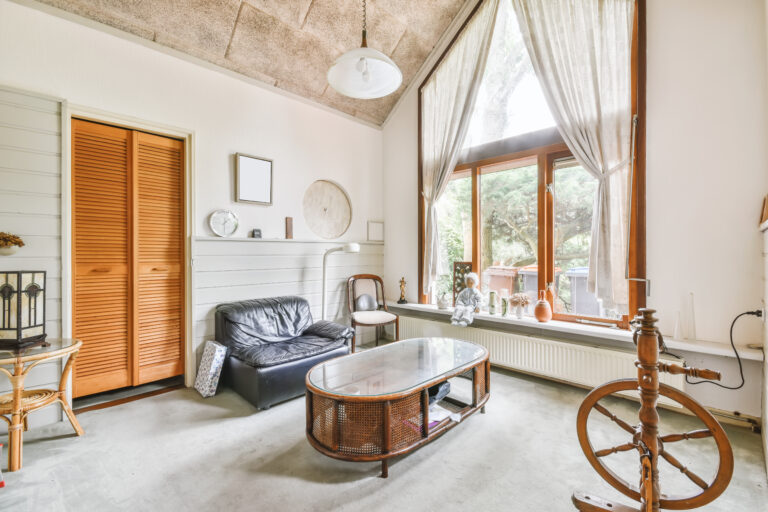Learn How to Arrange Living Room Furniture for the perfect Home Decor
A Step by step guide to arranging furniture in a living room for 2023
Decorating and learning how to arrange living room furniture can be unnerving.
Sticking to a living room layout idea is the key. So, to help you create an inviting atmosphere in your home, we’ve outlined our top tips for successfully arranging living room furniture that is both stylish and comfortable.
We’ll cover everything from selecting a suitable layout to positioning the pieces strategically around the room, adding color and texture with accessories, and other finishing touches that will bring it all together!
So let’s jump into our how to arrange living room furniture guide!
Table of Contents:
- Introduction
- Room Layout
- Furniture Placement
- Color & Texture
- Accessories & Finishing Touches
- Conclusion
- FAQs about How Arrange Living Room Furniture
- How do you arrange furniture in a living room?
- How should I arrange my living room sofa?
- How to arrange furniture in a big living room?
- How do you orient the furniture in a living room?
- How do I choose furniture that goes together?
- How do you decide where to put a couch?
- How do you arrange furniture in an awkward living room?
- How do you set up furniture in a small living room?
- Conclusion
Introduction to How to Arrange Living Room Furniture
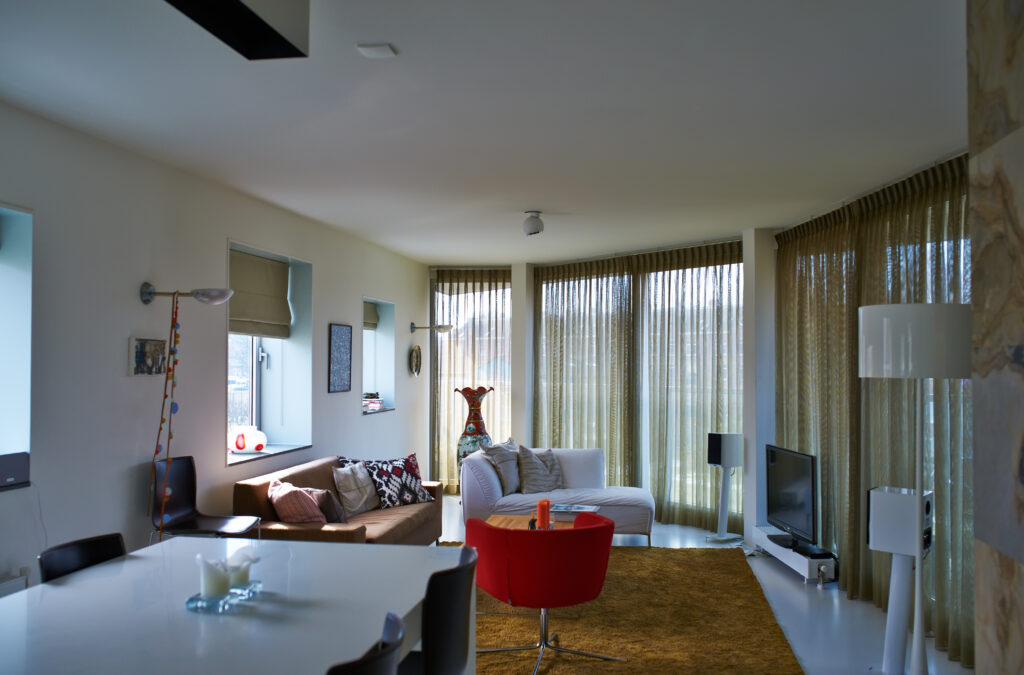
Furniture decor is an integral part of any home. It can make a room look inviting and comfortable, or it can create a feeling of chaos and clutter.
Knowing how to arrange furniture in your space is vital to creating the perfect atmosphere for you and your family.
Whether you’re looking to spruce up an existing living area or are starting from scratch with a new home, this guide will help you get started on the right foot in furniture decor.
Brief of what we will cover:
Starting point: Room Layout
The first step in successful furniture decor is deciding on the room’s layout.
This includes choosing where each piece of furniture should go and considering traffic flow within the space.
Start by measuring out your room and sketching out possible layouts on paper before committing anything to reality; this way, you will only be stuck with something that works once everything has been put into place.
Consider factors such as windowsills, fireplaces, doorways, and other features when determining placement for each item; these elements may influence which pieces fit best where to maximize comfortability while still allowing enough space for people (and pets) to move around freely without obstruction.
Next Step: Furniture Placement
Once you have determined what items will be placed in each spot within your room layout plan, it’s time to start arranging them accordingly.
When placing larger pieces like sofas or armchairs, try grouping them together if possible – this creates visual interest and allows more seating options for guests.
Additionally, consider adding smaller accent chairs near walls or corners if there isn’t enough floor space available; these can provide extra seating while taking up minimal amounts of real estate compared with more oversized items like couches/loveseats.
Finally, remember storage solutions such as ottomans & coffee tables – they’re great additions that offer both form & function simultaneously.
Extra decor ideas: Color & Texture
After deciding upon placement for all major pieces within your design scheme, it’s time to turn attention toward color & texture choices, which play essential roles in the overall aesthetic success story.
Choose colors that complement one another yet contrast slightly simultaneously- this creates a visually exciting environment.
Textures should also be considered since different materials add depth and dimensionality to rooms. For example, pairing a sleek leather sofa against a plush velvet chair feels luxurious and cozy at all the same time.
Lastly, remember wall art prints, rugs, curtains, pillows throws-these accents bring life to spaces making them truly unique places to live, relax, and enjoy the company of friends and family alike.
Finally: Accessories & Finishing Touches
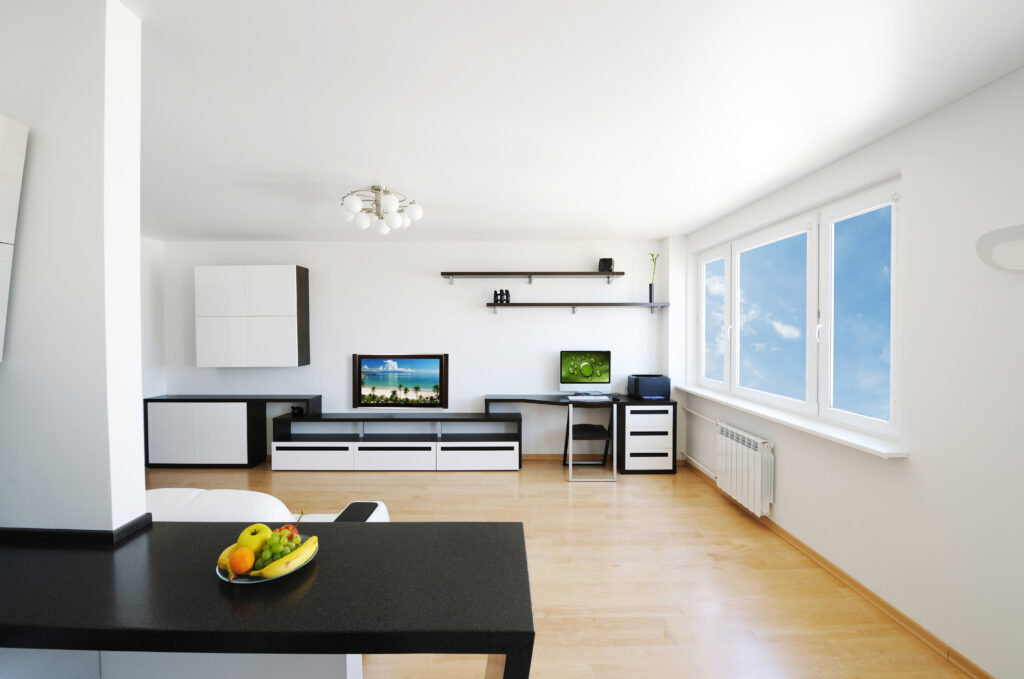
The final touches are often overlooked, but they really do complete look entire design project.
Think lamps, lighting fixtures, plants, artwork, bookshelves, mirrors, and clocks, whatever might fit style budget goals.
These small details give characters personality spaces, ultimately making them memorable, enjoyable places to spend quality moments with loved ones.
With proper planning and thoughtful execution, even the most essential furnishings become extraordinary works of art sure to impress anyone who walks through the door.
Summary
Decorating with furniture can seem daunting at first glance. Still, armed with the knowledge and tips outlined above, anyone can quickly achieve beautiful results in their homes, no matter the size or budget restrictions involved.
Remember to take measurements, draw plans, prioritize functionality and comfort, then layer textures, colors, and accessories to finish off the end result – guaranteed to please the eye and delight the senses every single day.
With the right furniture layout, you can create a living room that is comfortable and inviting for family and friends. Let’s explore some tips on how to arrange your living room furniture.
Key Takeaway: Decorating with furniture can be a fun and creative experience. Take measurements, plan the layout, prioritize comfort and functionality, and layer textures, colors, and accessories to finish the end result.
Let’s Start – Room Layout
Room layout is an integral part of interior design. It can make or break the look and feel of a room, so it’s essential to plan out your space before you start decorating. A well-thought-out room layout will help create a sense of balance and flow in the distance, making it more inviting and comfortable for those who use it.
When planning your room layout, consider how much traffic the area gets and what activities occur there. This will help determine where furniture should be placed to maximize comfort and convenience while allowing enough space for movement around the room.
For example, suppose you have a large family that spends time together in one area, such as a living room. In that case, placing furniture near walls rather than in the center of the space may be beneficial to ensure everyone has plenty of legroom when sitting together and gets to see everyone simultaneously.
Key Takeaway: When arranging living room furniture, consider the traffic in the area, necessary pieces for activities taking place there, placement of items to maximize comfort and convenience, accent pieces to add visual interest, colors to define sections, and textures for added depth.
Furniture Placement
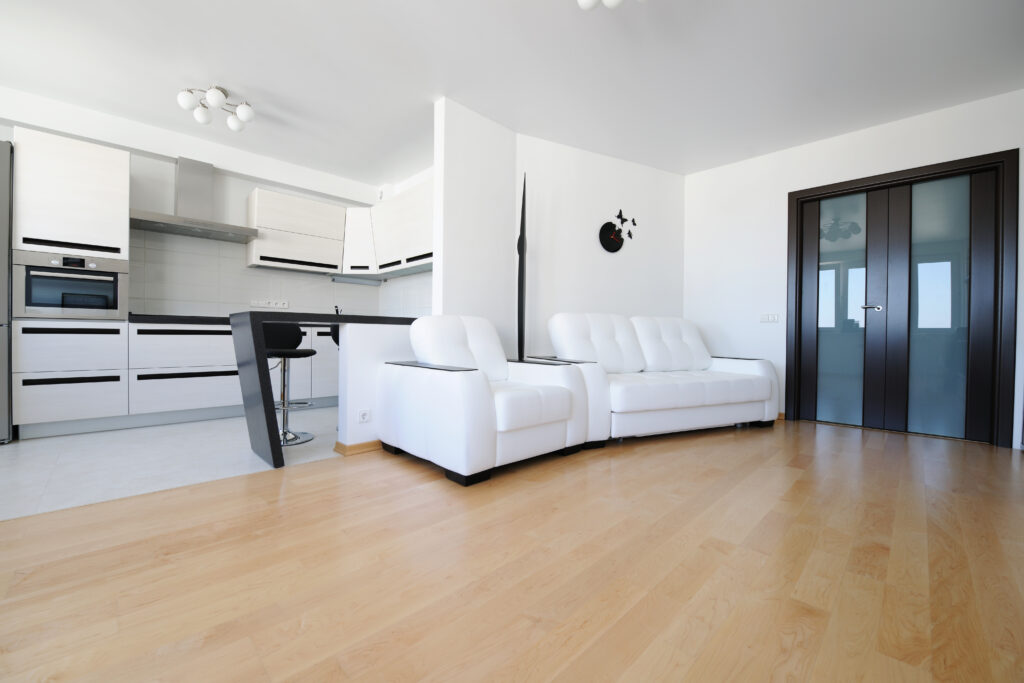
Furniture placement is an essential part of any room design. It helps to create a sense of flow and balance in the space while ensuring that pathways are clear and that the conversation area can be easily accessed.
When it comes to furniture placement, there are a few key things to keep in mind.
First, consider how much space you have available for your furniture pieces. Measure out the area where you plan on placing each piece so that you know precisely what size will fit best in the room. This will help ensure that everything works properly and looks aesthetically pleasing when placed together.
Next, think about how people move through the room when they enter or pass by it – this will determine which pieces should go where and how far apart they should be from one another.
For example, if a doorway leads into the room, ensure that any furniture near it isn’t blocking access or creating an obstacle course for people entering or exiting the space. Additionally, try to leave enough open floor space between seating arrangements, so guests don’t feel cramped when conversing with one another; aim for at least three feet of clearance between chairs or couches whenever possible.
Finally, consider how natural light enters your home throughout different times of day – this can affect color choices and furniture placement decisions (for instance, darker colors may look better away from windows).
You can easily create a beautiful atmosphere by considering these factors before selecting furnishings and arranging them within your home’s interior spaces.
Furniture placement is essential to any living room design, as it can help create a cohesive and inviting atmosphere.
Now let’s look at how to use color and texture to enhance the space further.
Key Takeaway: When arranging furniture in your living room, consider the space available, pathways for people to move through the room, and how natural light affects color choices. Ensure enough clearance between seating arrangements and that any pieces near doorways don’t block access.
Color & Texture
When arranging furniture, color, and texture play an important role in creating a cohesive look.
Color is the most obvious factor when decorating any room, and it can set the tone for the entire space and create a mood or atmosphere. When choosing colors for your furniture, consider warm and cool tones that complement each other.
For example, if you have a navy blue sofa, try adding accents of yellow or orange to bring out its vibrancy.
Texture also plays an essential role in ensuring your furniture looks good together. Texture adds visual interest and depth to any room by contrasting different furniture pieces.
You can add texture with leather, velvet, wood grain, stone, or even metal finishes on chairs or tables. If you’re looking for something more subtle but still eye-catching, then opt for textured fabrics like linen or cotton, which are great at softening hard surfaces like sofas and armchairs without removing their overall look.
Balance is critical here; try mixing different textures with similar colors so they don’t clash but still provide contrast within the space itself. This way, you’ll get a unified yet attractive aesthetic that will draw people’s attention without being overbearing.
When it comes to color and texture, there are endless possibilities. With careful thought and consideration, you can create a unique look that will be the perfect backdrop for adding accessories and finishing touches.
Arranging furniture doesn’t have to be a chore. With the right colors and textures, you can create a living room that’s both stylish and cozy. #InteriorDesignGoals Click to Tweet.
Accessories & Finishing Touches
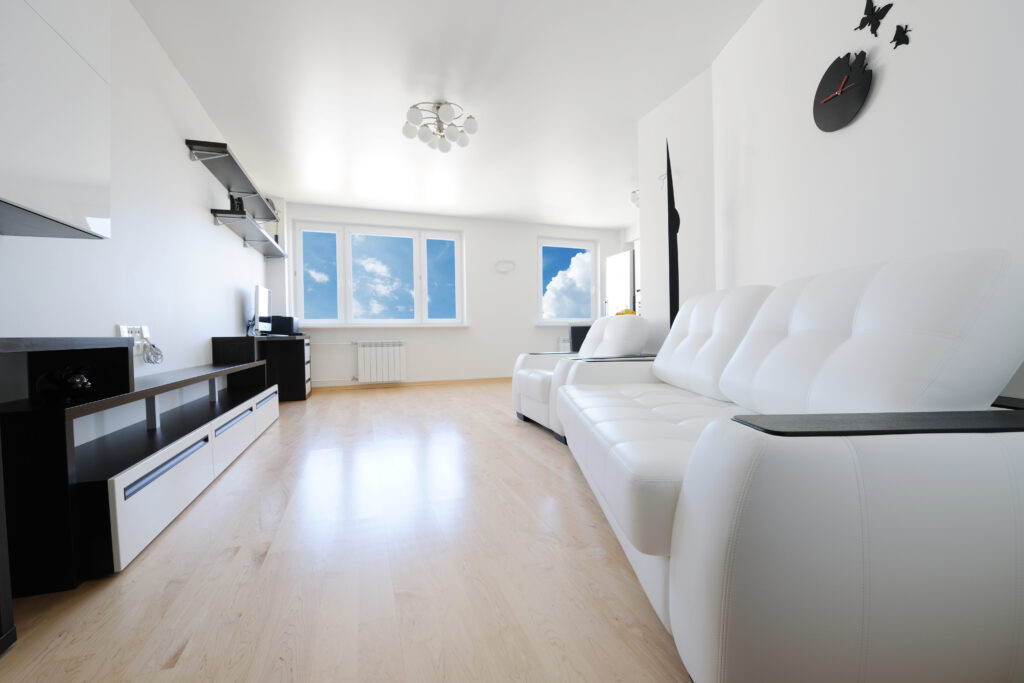
Accessories and finishing touches are the final pieces that make a room come together. Choosing items that will tie in with your overall design scheme while still adding personality and interest is essential.
Rugs are an excellent way to add texture and color to a space and define different areas of the room. Choose one large rug for the center of the room or several smaller rugs throughout if you have multiple seating areas. Consider both patterned and solid options depending on your style preference.
Lamps provide additional lighting sources, which can create an atmosphere in a living space and give it depth when placed at different heights around the room. Table lamps work great on end tables next to chairs or sofas, while floor lamps look great near reading nooks or tucked into corners for extra light without taking up too much visual space.
Artwork is another great way to personalize any living area by displaying photos or prints that reflect your individual taste and interests. Hang artwork above furniture, such as couches or sideboards, for maximum impact. Feel free to experiment with other creative placements, like along staircases or hallways.
Mirrors also bring life into a living area by reflecting natural light from windows back into the space, making it appear larger than it actually is; they also make great focal points when hung over mantles or fireplaces. Finally, plants are always welcome additions – not only do they bring nature indoors, but they also purify air quality inside our homes.
Adding accessories and finishing touches to your living room furniture arrangement can help create a unique and inviting space. Now that you have the basics down let’s look at our conclusion.
Key Takeaway: Accessorizing a living room with rugs, lamps, artwork, mirrors, and plants can add personality and interest to the space while creating atmosphere and depth.
How to arrange Living Room Furniture for a Stylish Look
Here are some tips to help you get started:
Measure Your Space:
Before rearranging your furniture, measuring your space to know what will fit in the room is essential.
Make sure to consider any doorways or windows when measuring how much traffic flow there will be through the area.
This will help ensure that your pieces fit comfortably without blocking pathways or creating clutter.
Create Focal Points:
When arranging furniture in a living room, it’s important to create focal points by grouping items such as couches and chairs around a coffee table or entertainment center for conversation areas.
You can also use rugs or artwork on walls to draw attention to certain parts of the room and add visual interest.
Balance Your Furniture Layout:
Try arranging your furniture symmetrically around the room’s main focal point (such as a fireplace) for a balanced look.
This helps keep everything in proportion while allowing plenty of open floor space between each piece for easy movement throughout the area.
If symmetry isn’t possible due to size constraints or other factors, consider asymmetrical arrangements – make sure they still feel balanced overall!
Choose Comfortable Seating Options:

No matter how great your layout looks, no one will enjoy spending time there if it doesn’t offer comfortable seating options!
Consider investing in quality pieces like plush armchairs and sofas with deep cushions that invite people to relax after long days at work or school – these furnishings often become family favorites over time!
Accessorize Strategically:
Once you have arranged all your larger pieces, remember to strategically accessorize with smaller items like throw pillows, blankets, lamps, etc., which can bring life into an otherwise dull-looking living room design scheme. Be sure to choose only a few accessories, though – less is more when decorating this type of space!
Section Summary
When decorating your home, the conclusion is always the same: create a space that reflects your personal style and makes you feel comfortable.
Whether for a modern, minimalist look or something more traditional, furniture placement and color choices can make all the difference in how inviting your home feels.
Room layout is also essential when deciding furniture placement; consider how much natural light each room gets and what activities will take place before making any decisions.
Accessories such as rugs, artwork, plants, and pillows can also help tie together different elements of the room while adding texture and personality to the overall design. With these tips in mind, creating a cozy atmosphere in your home should be easy.
Creating a cozy living room is easy. Start by considering natural light, activities & furniture placement. Remember to add personality with rugs, artwork & plants – it’ll make all the difference. #LivingRoomDecor #HomeDesign Click to Tweet.
FAQs about How Arrange Living Room Furniture
How do you arrange furniture in a living room step by step?
When arranging furniture in a living room, the most important thing to consider is how you want to use the space.
- Begin by placing your most prominent pieces of furniture first, such as a sofa or sectional.
- Place it away from any doorways and leave enough room for people to walk around comfortably.
- Then add smaller items like armchairs and side tables that are proportional to the size of the larger pieces.
- Finally, accessorize with rugs, lamps, artwork, and other decorative elements that will tie everything together nicely. Remember that symmetry can be pleasing but feel free to mix things up if it feels right.
How should I arrange my living room sofa?
When arranging your living room sofa, consider the size and shape of the space.
Begin by placing the most significant piece in the center of the room to create a focal point.
If you have two sofas, angle them towards each other for conversation or place them parallel to one another if you prefer a more formal look. Add chairs or an ottoman around the perimeter to complete your seating arrangement.
Finally, accessorize with throw pillows and blankets for added comfort and style.
How to arrange furniture in a big living room?
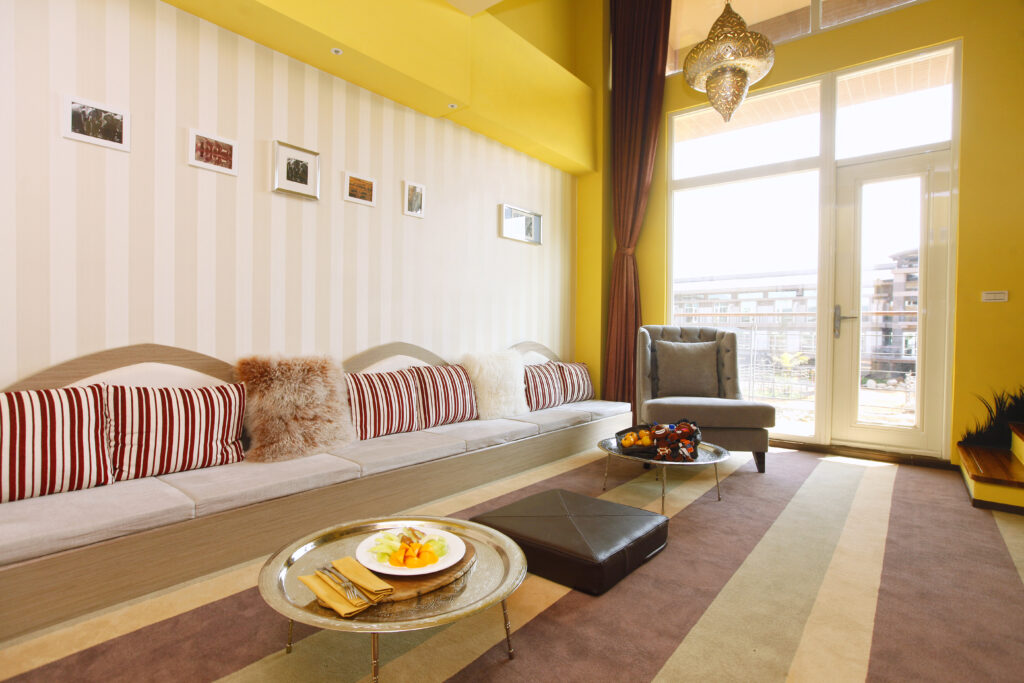
When arranging furniture in a large living room, it is essential to create balance and flow.
Start by placing the largest pieces of furniture, such as the sofa or sectional, against a wall. Then, place smaller items like accent chairs around the couch to form conversation areas.
Consider adding an area rug to define each seating area and add warmth.
Finally, finish with end tables, coffee tables, and other accessories for added style and function. With these tips, you can easily create a beautiful living space that will be comfortable for your family and guests.
How do you orient furniture in a living room?
To perfectly orient your furniture start by placing the most significant pieces of furniture first, such as the sofa or sectional.
Make sure it faces the room’s focal point, like a fireplace or television. Then add smaller pieces like chairs, side tables, and ottomans around it for additional seating and comfort.
Finally, accessorize with rugs, lamps, artwork, and other decorative items to complete your look.
With careful planning, you can create an inviting space that reflects your style while providing plenty of comfortable seating for family and friends.
How do I choose furniture that goes together?
When choosing furniture, it is vital to consider the overall style of your home.
Consider the size and shape of each piece concerning the room and other elements. Look for complementary colors, textures, and materials that create a cohesive look throughout your space.
Pay attention to hardware finishes or upholstery patterns that can help tie different elements together. Additionally, think about how you plan on using each piece – this will help determine if a particular type of material or design works best for you.
Finally, feel free to mix styles. Combining traditional with modern can create an exciting contrast while maintaining harmony in your decor.
How do you decide where to put a couch?
When deciding where to put a couch, it is vital to consider the size of the room and how much space you have available. Measure out the dimensions of your room and determine what size couch will fit comfortably.
Also, consider any other furniture pieces in the room that may need to be placed around or near the couch. Consider if windows or doors nearby could obstruct movement when entering or exiting the room.
Finally, consider where people will naturally congregate when sitting on the couch; this can help you decide which wall would be best for placement.
With these considerations in mind, you can easily find an ideal spot for your new piece of furniture.
How do you arrange furniture in an awkward living room?
When arranging furniture in an awkward living room, it is essential to consider the size and shape of the space.
Begin by measuring the dimensions of your room and sketching out a floor plan on paper. Consider how much traffic will be moving through the area and place larger pieces such as sofas or armchairs along walls to maximize open space.
Try to create multiple seating areas for conversation or relaxation.
Utilize accent chairs, ottomans, benches, and smaller pieces to fill gaps without overcrowding the room. Finally, add decorative elements like rugs or artwork that can help tie together different furniture styles while adding color and texture to complete your design.
How do you set up furniture in a small living room?
Start by deciding on the main pieces of furniture you need. A sofa, coffee table, and armchair are all essential for a comfortable living room.
- Place the sofa against a wall to create an anchor point.
- Position your coffee table close enough to be within reach when seated on the sofa but far enough away that it doesn’t take up too much space.
- Add an armchair if there is room – this can be placed near a window or opposite the sofa for symmetry.
- Finally, consider adding smaller accent pieces such as side tables or ottomans to complete your design and provide extra seating options when needed.
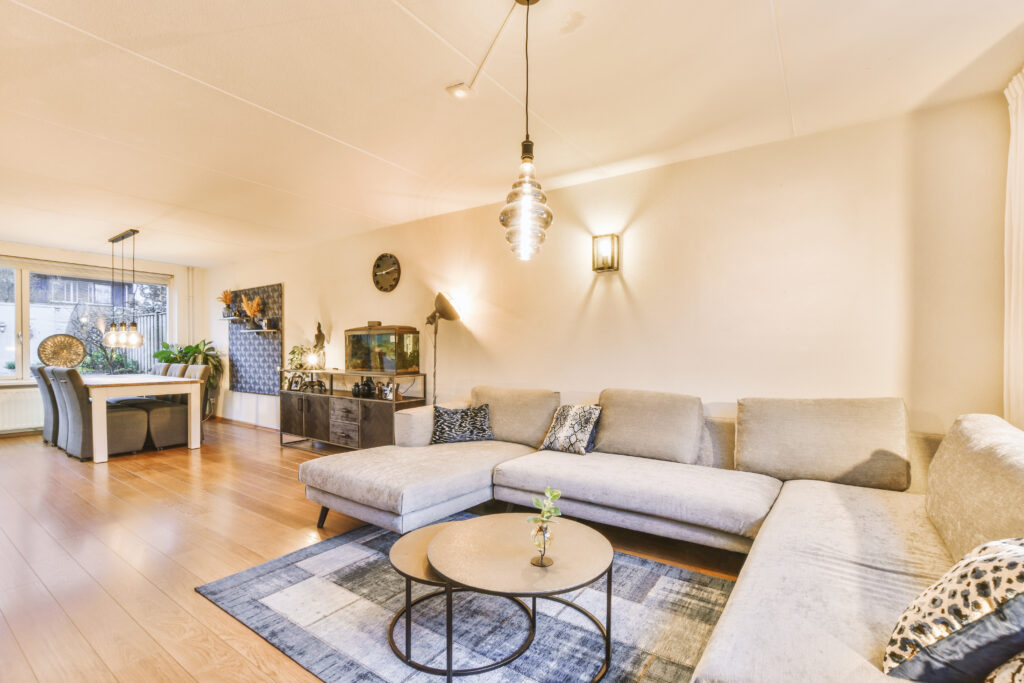
Summing it up
In conclusion, arranging living room furniture can be a daunting task. However, with the proper planning and knowledge of room layout, furniture placement, color & texture choices, and accessories & finishing touches, you can create a beautiful space that is both comfortable and inviting. With these tips, you can learn how to arrange your living room furniture like an interior designer!
Remember to keep it simple and have fun; after all, it’s your home!
Look no further than Our comprehensive guide provides step-by-step instructions on making the most of your space while offering tips and tricks for finding the perfect pieces.
So don’t wait – start making plans today with Furnituretsar!
Related articles:
How to Arrange Furniture in a Rectangular Living Room in the modern home!
The Definitive guide on How to Arrange a Small Living Room with Large Furniture
Our 2023 Guide on How to Arrange Furniture in Living Room Kitchen Combo

